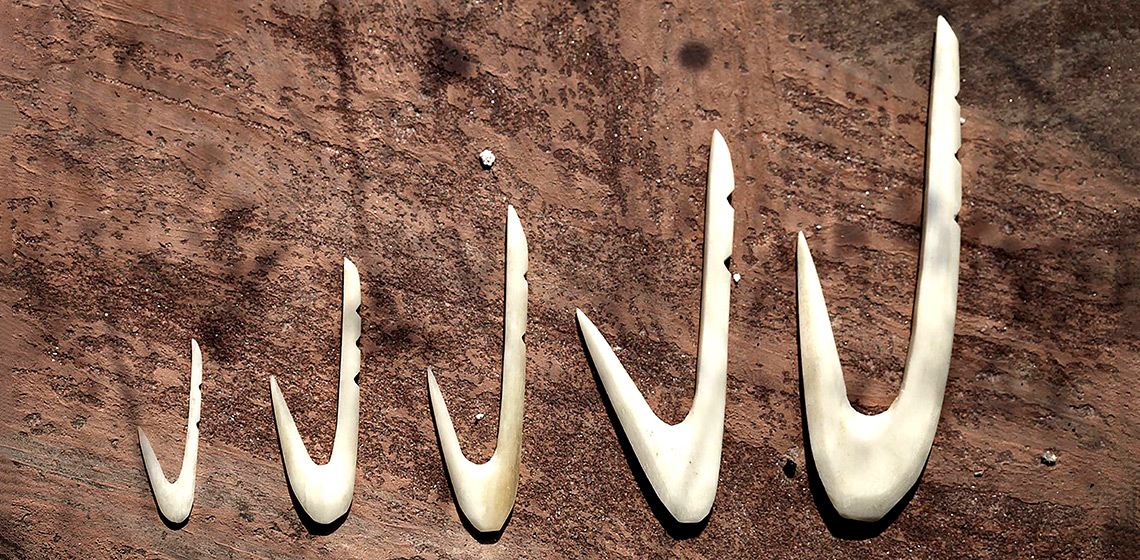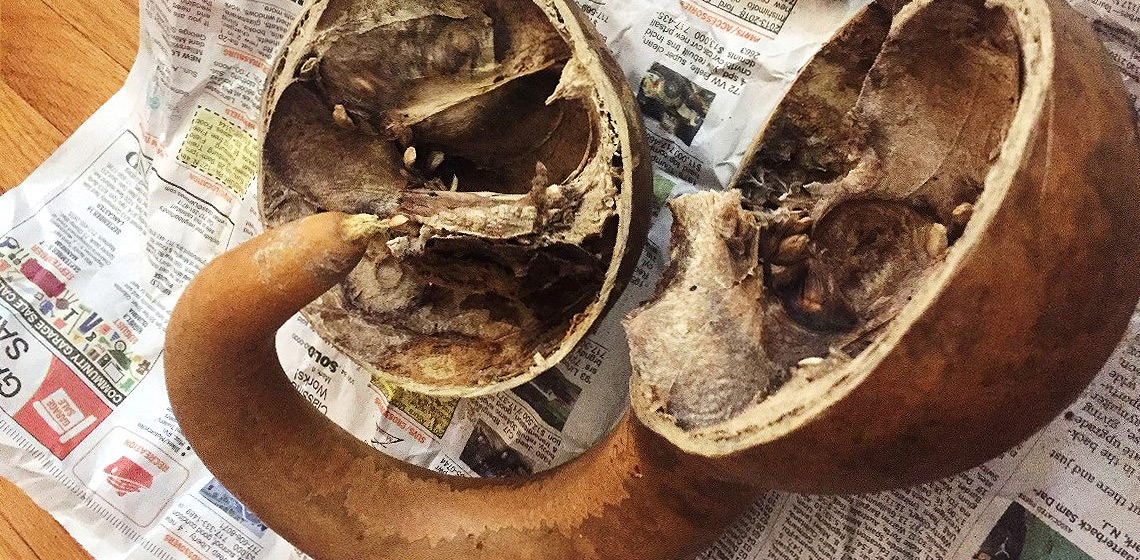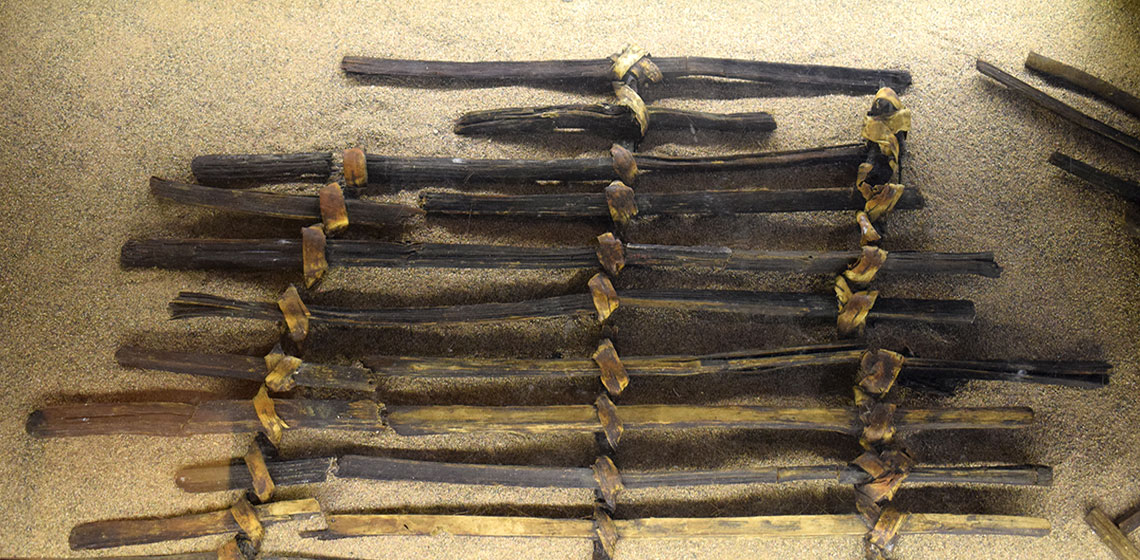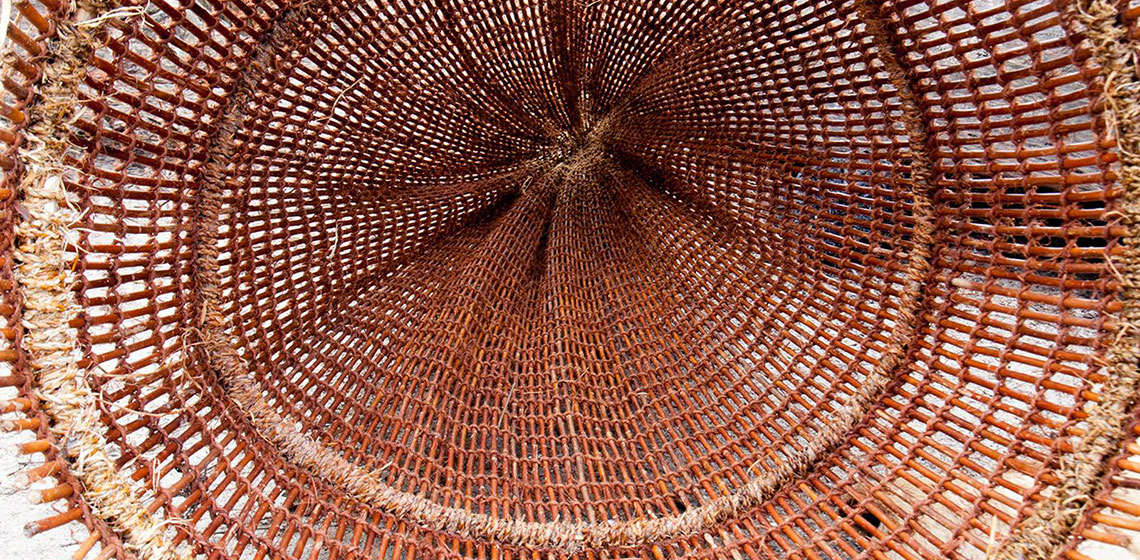fishing
Roe Deer as Raw Material for Middle Mesolithic Fishhooks? An Experimental Approach to the Manufacture of Small Bone Fishhooks
Publication Date
Bone fishhooks have occasionally been retrieved from bone assemblages at coastal sites dating to the Middle Mesolithic phase (8300-6300 cal. BC) in Southern Norway and Western Sweden. Several studies of fishhooks from these sites have been undertaken in recent years. Fishhooks can be manufactured from different osseous materials, including antler, ribs and shafts of different long bones...
Bottle Gourd as an Implement for the Poor in Roman Italy
Publication Date
Bottle gourds, which are thought to have originated in Africa, have been collected and cultivated in Italy since antiquity for the making of vessels and utensils, as well as food, musical instruments, and fishing buoys. Columella and Pliny the Elder both write extensively about the uses of bottle gourds, yet the importance of this vegetable in antiquity is notably absent from modern scholarship...
The Construction of a Replica Section of the Middle Subneolithic Purkajasuo Lath Screen Fish Weir at Kierikki Stone Age Centre, Finland
Publication Date
In July 2018 the Mesolithic Resource Group attended the Kierikki Stone Age Centre, Pahkalantie, Finland. The visit provided us with the opportunity to practice experimental archaeology in a ‘Stone Age’ landscape at Kierikki. One project was the reconstruction of a section of the Neolithic wooden fish weir from the site of Purkajasuo, which is on display in the museum...
Reconstructing a Prehistoric Fish Trap
Publication Date
OpenArch Dialogue with Skills Issue
***Fish traps, still in use all over the world today for catching fish and crustaceans, have been used by mankind at least since the Mesolithic period. Their shape at that time is quite well-established, suggesting that they may have originated even earlier (Bulten et al, 2002: 108). This type of fish trap is made up of two elements: the funnel and the main trap body (or pot)...
***Fish traps, still in use all over the world today for catching fish and crustaceans, have been used by mankind at least since the Mesolithic period. Their shape at that time is quite well-established, suggesting that they may have originated even earlier (Bulten et al, 2002: 108). This type of fish trap is made up of two elements: the funnel and the main trap body (or pot)...




